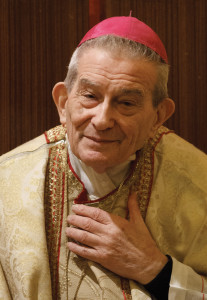
Loris Cardinal Capovilla says: “Precisely because Pope John XXIII was a great conservative, he was able to bring the world a message of love, of hope and of faith”.
On September 3, 2000, Pope John Paul II declared Pope John XXIII, who reigned from 1958-1963, “Blessed” after the approval of a miracle which had cured an ill woman. He was the first Pope since Pius X (1903-14) to receive this honor.
On the 50th anniversary of Pope John XXIII’s death, June 3, 2013, Pope Francis prayed at his tomb in the grottoes underneath St. Peter’s Basilica. A month later, on July 5, he approved “Il Papa Buono” or “Good Pope John,” as he is affectionately known, for canonization without the second miracle traditionally required. He based this decision on John XXIII’s merits for calling the Second Vatican Council, which he defined as a “prophetic intuition.” Thus, on the 27th of this month, Divine Mercy Sunday, Pope Francis will canonize John XXIII along with Pope John Paul II, whom Pope Benedict XVI beatified on May 1, 2011.
At his January 12 Sunday Angelus prayer, Pope Francis named 19 new cardinals, who were elevated to the College of Cardinals on February 22 at a ceremony known as a Consistory in St. Peter’s Basilica, also attended by Pope Emeritus Benedict XVI, the first time in history that a former Pope, a reigning Pope, and a potential future Pope prayed together in St. Peter’s Basilica. Like another 106, 16 of these new cardinals are “cardinal electors” under the age of 80 and thus eligible to enter the next conclave. The three over 80 assumed the title of Cardinal Emeritus; one is Loris Francesco Capovilla, age 98, making him the oldest member of the College of Cardinals. Formerly the private secretary to Pope John XXIII (1953-1963), then Archbishop of Chieti-Vasto (1967-71), Prelate to the Loreto Prelature (1971-88), and Titular Archbishop of Mesembria (1971-2014), Capovilla received papal dispensation not to attend the February Consistory because of his age. Angelo Cardinal Sodano bestowed his purple-red square biretta and ring of office on March 1 in the Parish Church of St. John the Baptist, where John XXIII’s parents are buried in the crypt, in Sotto Il Monte, the pontiff’s birthplace, 25 miles north of Milan and where John returned for his summer vacations while Patriarch of Venice and Pope. There for the past several years the newly-created cardinal, as spry and lucid as ever, has run a museum dedicated to this small town’s most famous son (open every day but Monday 9:00-11:30 AM and 2:30-5:30 PM [winter], -6:30 PM [summer]; of special interest are John XXIII’s deathbed and gifts made to him from around the world). Nearby it’s also possible to visit the modest sharecroppers’ home where Angelo Roncalli was born on November 25th, 1881, the fourth of 14 children (Hours: daily 8 AM-6 PM).
In a telephone call with the Catholic News Service on January 28, Capovilla described his elevation to cardinal as “a ray of light over the sunset of my life” and attributed it as “a sign of attention to all the thousands of priests around the world who have spent their lives in silence, in poverty, in obedience, happy to serve God and our humble people, who need, as Pope Francis continually says, tenderness, friendship, respect, and love,” while most observers have interpreted the honor as an indirect tribute to the about-to-be-canonized Blessed John, who’s clearly a role model for Pope Francis.
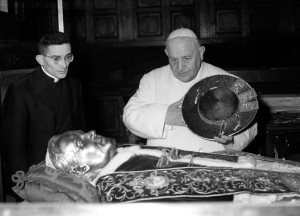
On April 9, 1959, accompanied by his private secretary, Loris Capovilla (recently made a cardinal), Pope John XXIII venerated the relics of the good and exemplary Pope St. Pius X, the most recent Pope to be canonized before John XXIII.
Within only days after his election last March, similarities between Pope Francis and Pope John XXIII (both of whom were chosen as Time’s “Man of the Year” — 1962 and 2013, respectively, as was Pope John Paul II in 1994) have frequently been noted: their age (76) at election; their humble origins; self-effacing style; focus on God’s mercy and world peace; their choice to live modestly (Roncalli in Venice and Bergoglio in Buenos Aires and now at Santa Marta in Vatican City); outward serenity; the “common touch”; love of people; indifference to protocol.
Other similarities include their habit of sneaking out of Vatican City late at night to comfort Rome’s homeless, their visits to reform schools for juvenile delinquents, and their comparable statements on important issues. For examples: Pope Francis’ first words of his “Urbi et Orbi” speech from St. Peter’s balcony on his election night: “Brothers and sisters, good evening. You know that it was the duty of the conclave to give Rome a bishop. It seems my brother cardinals have gone to the ends of the earth to get one…” and Pope John XXIII in his unexpected Capovilla-encouraged “speech to the moon” on the evening after the Council’s opening: “I come at no cost, the person speaking to you is a brother, whom the Lord decided to make your father….”
Another: “At an audience a few days after his election,” Capovilla said in an interview with Aleteia last May, “Pope Francis repeated the very phrase Pope John had spoken in a radio address on September 11, 1962, a month before the opening of the Council: ‘The Church is everyone’s, and no one is excluded, but she is especially the Church of the poor.’”
He then went on to recount that when John XXIII was elected, the controversial, prodigal-son priest Don Primo Mazzolari said: “We have a Pope made of flesh.”
“This was no trivial thing,” explained Capovilla, “because God became flesh. Pope Francis too is an eloquent manifestation of this.”
Lastly Capovilla told of a surprise telephone call, which speaks for itself, that Pope Francis dialed himself on April Fool’s Day 2013 so that at first Capovilla thought it a prank: “I want to ask you a favor: pray to Pope John for me so that I become better.”
Other Pope John XXIII biographical particulars worthy of admiration are certainly less well known. There’s long been debate over whether Pope Pius XII could have saved more Jews during Holocaust, but comparatively few people are aware of Roncalli’s efforts, which have been researched and documented by the International Raoul Wallenberg Foundation and have led to his receiving the title of “Righteous Gentile” or “Righteous among the Nations” in 2011. As nuncio in Bulgaria, Greece and Turkey (which also explains Roncalli’s understanding of the Eastern Church and Islam), according to Wikipedia, he’d assisted Jewish refugees who arrived in Istanbul to go to Palestine and elsewhere; he’d helped Slovakian Jewish children, Bulgarian and Romanian Jews from Transnistria to leave their countries; Jews held at Jasenovac concentration camp, near Stara Gradiška, and at Sered were liberated thanks to his intervention; and he’d provided Hungarian Jews with baptismal certificates which he’d sent to the nuncio Monsignor Angelo Rota in Hungary.
One of John XXIII’s first acts as Pope was to eliminate the description of Jews as “perfidious” in Good Friday’s liturgy. In fact, he interrupted his first Good Friday liturgy (1959) to address this issue. He also confessed for the Church the sin of anti-Semitism through the centuries.
Other anecdotes: Like Capovilla, Roncalli, then nuncio to France, did not receive his biretta from Pope Pius XII, but, as a sign of esteem, from the president of France, Vincent Auriol, who claimed the ancient privilege possessed by French monarchs.
Though well aware, when he left Venice for the conclave, that he was papabile, he arrived at the Vatican with a return train ticket to Venice.
On his choice of name, the first John in 500 years, the Pope
explained it was his father’s name, also “dear to me because it’s the name of the humble parish church where I was baptized, and the solemn name of numberless cathedrals scattered throughout the world, including our own Basilica [St. John Lateran].
Twenty-two Johns of indisputable legitimacy have [been Pope], and almost all had a brief pontificate. We have preferred to hide the smallness of our name behind this magnificent succession of Roman Popes.”
An admirer of the United States, Pope John XXIII offered to mediate between John F. Kennedy and Khrushchev during the Cuban Missile Crisis in late 1962, and both leaders applauded his deep commitment to peace. A year later, on December 3, 1963, President Johnson posthumously awarded him the Presidential Medal of Freedom.
In part thanks to a letter from the American poet, Father Thomas Merton, O.C.S.O. (1915-1968), then a Trappist monk at the Abbey of Gethsemani, Kentucky, urging the Pope to add an ecumenical dimension to the Council, Protestant representatives were guests.
John XXIII’s feast day isn’t celebrated on the day of his death as is usual, but on October 11, the day of the first session of the Second Vatican Council. He’s also commemorated in the Anglican Communion with a feast day on June 4.
Epilogue: to learn more about Pope John XXIII, read his diary of spiritual reflections, Journal of a Soul: The Autobiography of Pope John XXIII, published posthumously, the first autobiography ever written by a Roman pontiff, and Capovilla’s memoir, The Heart and Mind of John XXIII: His Secretary’s Intimate Recollection (1964).

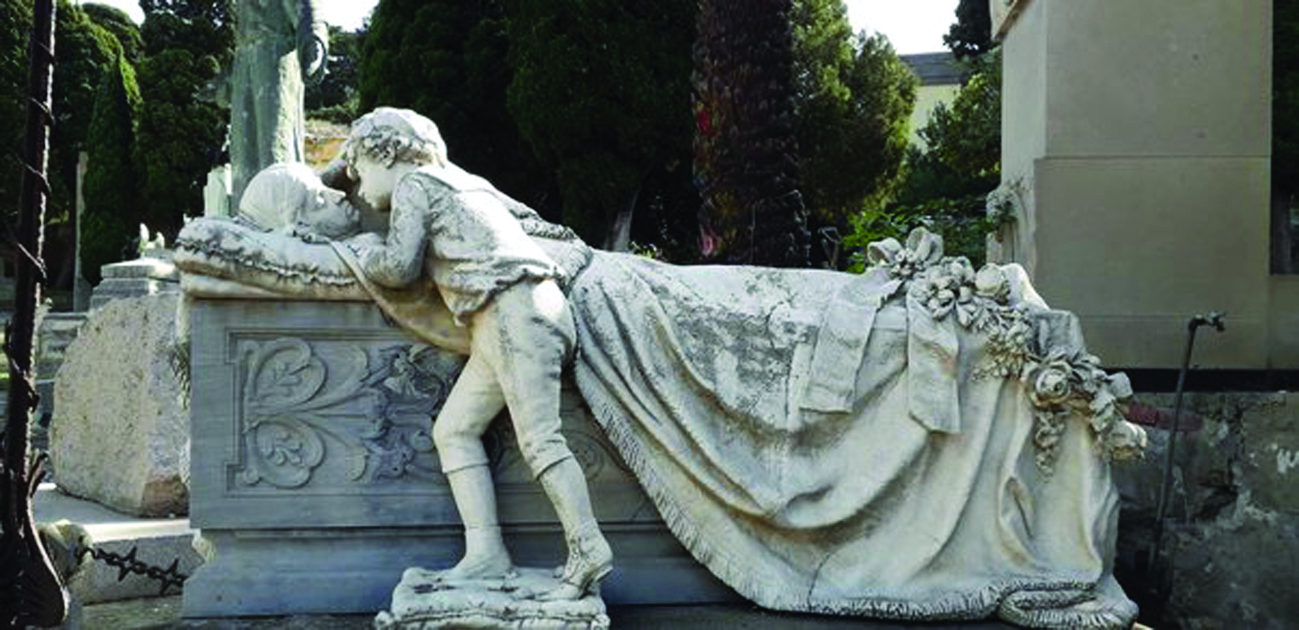
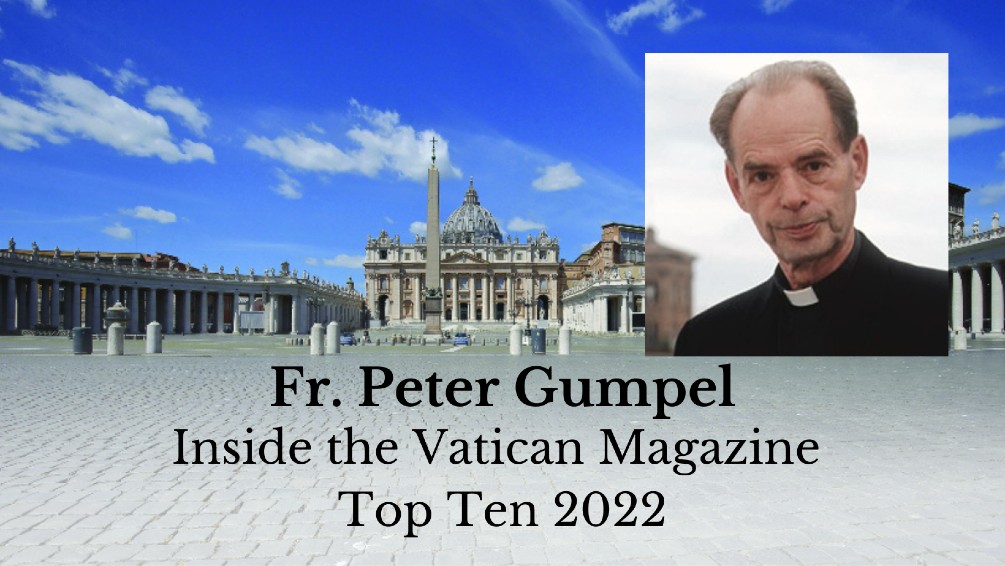

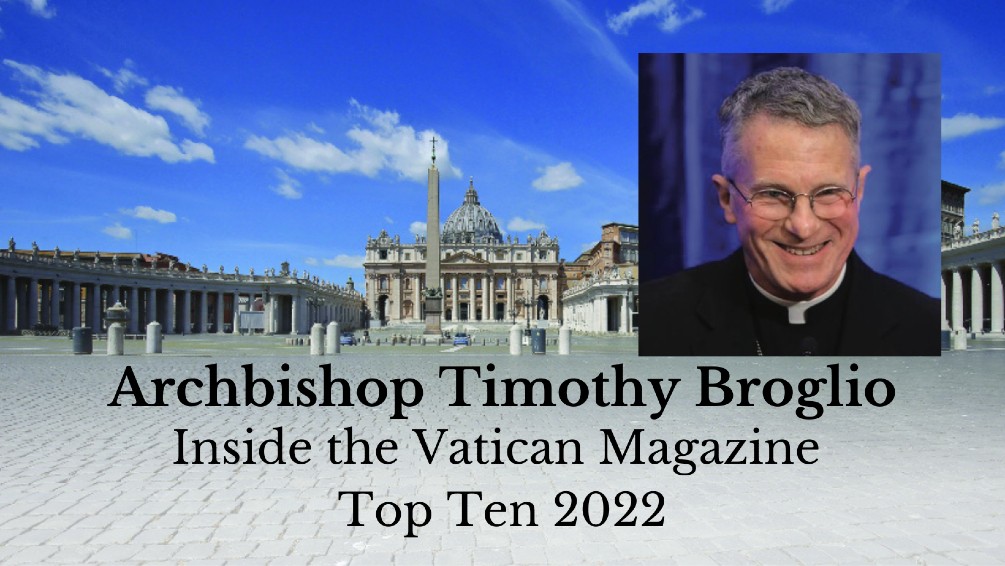
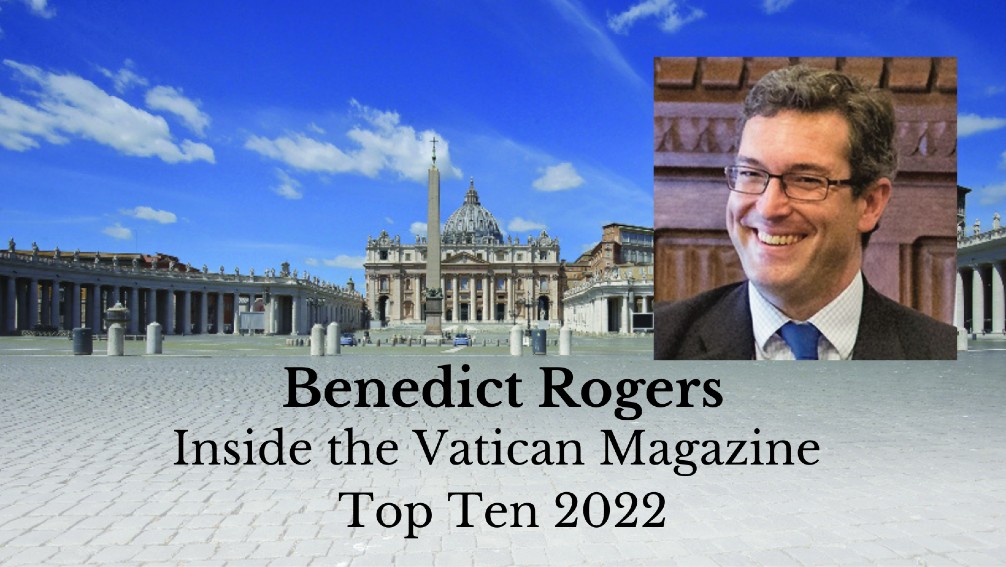
Facebook Comments